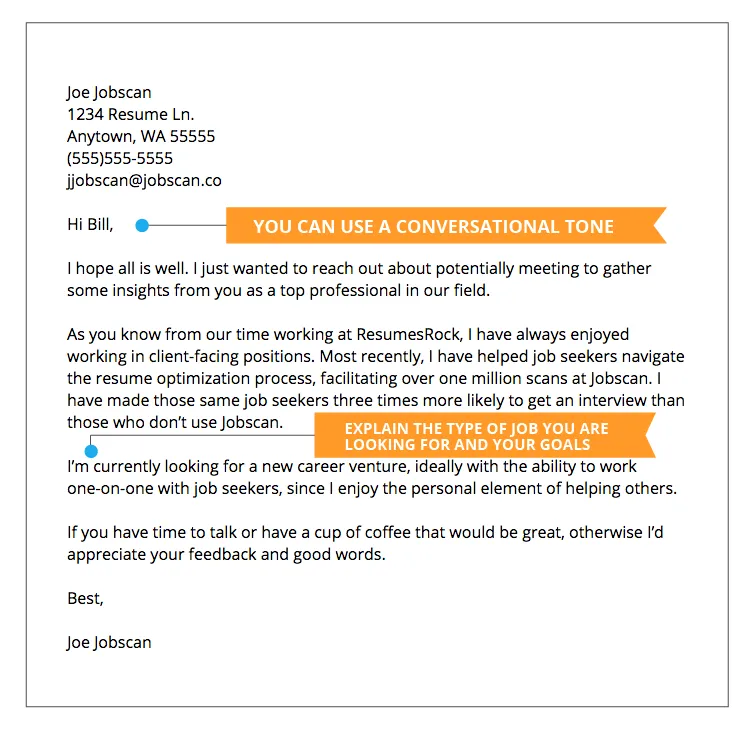Cover Letter Secrets Top 5 Parts Revealed
A cover letter is more than just a formality; it is your first chance to make a lasting impression on a potential employer. It’s a crucial component of your job application, giving you the space to showcase your personality, skills, and passion for the role. Mastering the art of the cover letter can significantly increase your chances of landing an interview. This guide breaks down the five essential parts of a cover letter, revealing secrets to crafting a compelling document that grabs attention and secures your place in the hiring process. Learn to transform your cover letter from a simple formality into a powerful tool that highlights your qualifications and makes you stand out from the competition.
Heading
The heading of your cover letter sets the stage and provides essential contact details. It is the first thing a hiring manager sees and ensures they know who you are and how to reach you. A well-structured heading demonstrates professionalism and attention to detail, qualities that are highly valued by employers. The heading should include your contact information, the date, the employer’s contact information, and the salutation. Proper formatting and accuracy here are critical, as they reflect your organizational skills and respect for the employer’s time. A clear and concise heading not only facilitates communication but also helps to make a positive first impression, setting the tone for the entire letter.
Contact Information
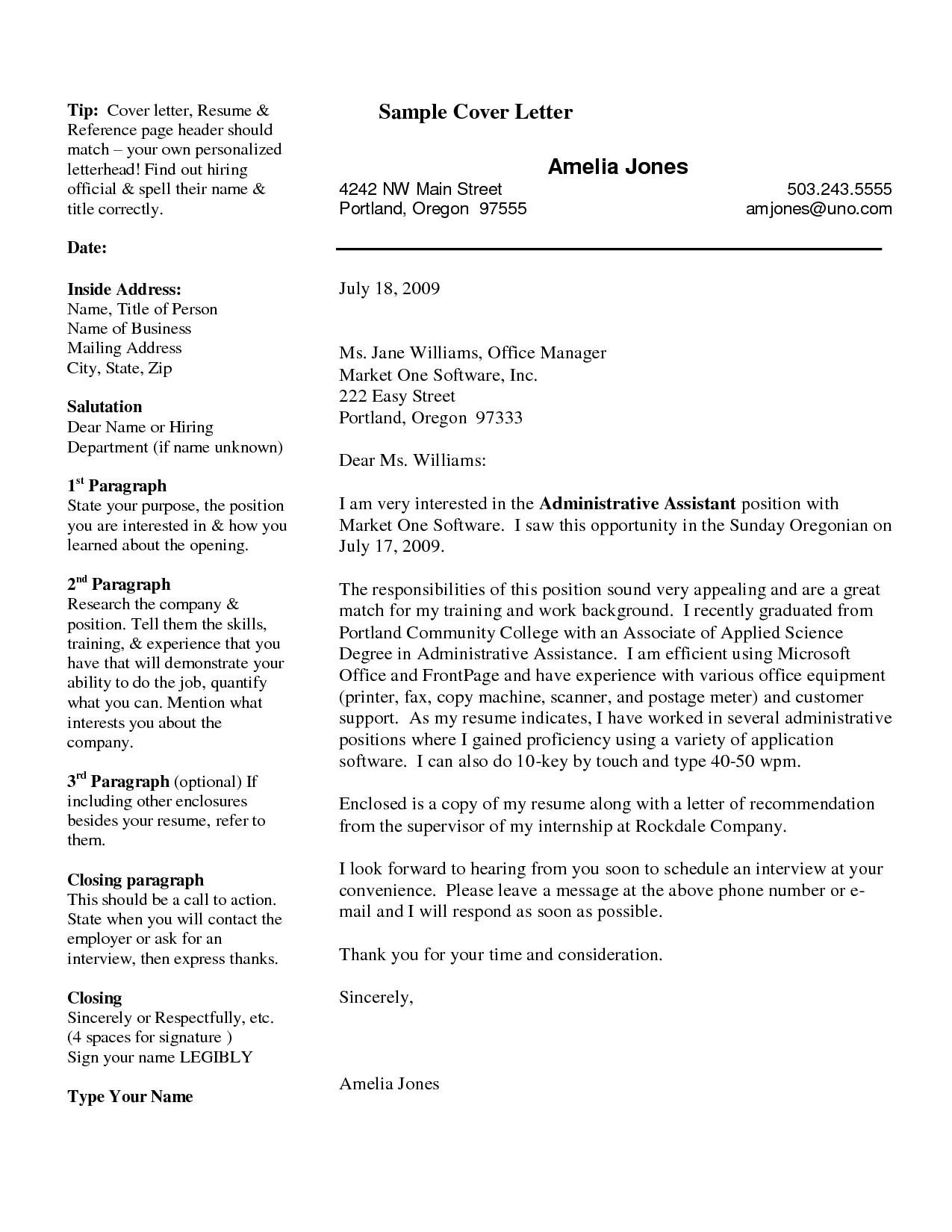
Your contact information is paramount. It should include your full name, address, phone number, and email address. Make sure this information is current and professional; use a professional email address. This part ensures the employer can easily contact you for an interview or further communication. Consistency in formatting is key here; everything should be aligned and easily readable. The contact information should be placed at the top left or right of the page, depending on the formatting style you choose. Verify all details for accuracy, because even a small error can lead to missed opportunities. Remember, this part ensures the employer can easily contact you.
Date
The date is placed below your contact information, typically aligned to the left or right. Use the full date format (Month Day, Year). Ensure the date is accurate and reflects when you are sending the application. The date provides context and shows the immediacy of your application. This demonstrates attention to detail, which is a quality all employers look for. The date also helps the recipient organize the flow of applications. Ensure your document reflects the current date to show the hiring manager that your interest is current and active, which shows you are prepared.
Employer’s Contact Information
If you know the hiring manager’s name, use it. Otherwise, you can address the letter to the hiring department. Include the company’s name, the recipient’s name (if known), and their title. Knowing this information shows that you have done your research and shows that you care about the position. It personalizes your application and shows that you are serious about the job. Always double-check the spelling of the recipient’s name and title. Correctly addressing the cover letter is a sign of respect and attention to detail. It can make the recipient feel more valued, and helps you stand out from the crowd.
Salutation
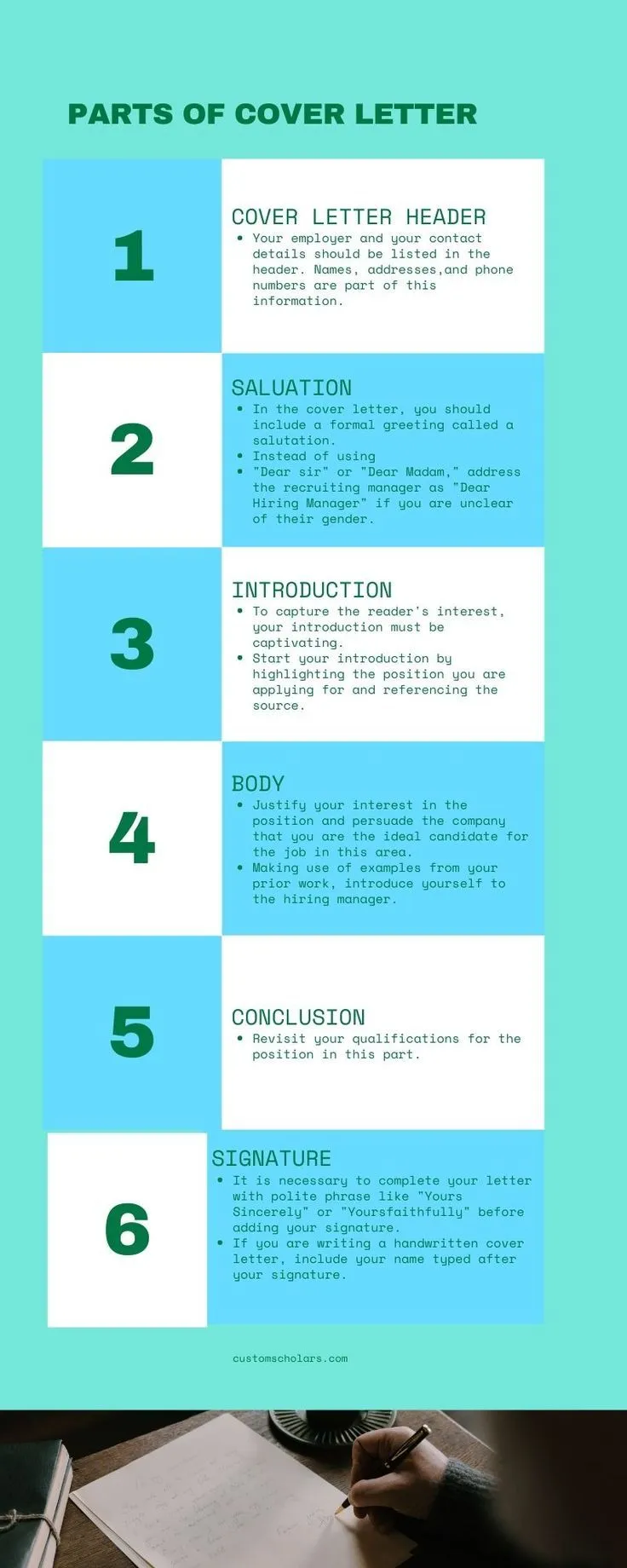
The salutation is your greeting. Use “Dear Mr./Ms./Mx. [Last Name]” if you know the hiring manager’s name. If not, a general greeting such as “Dear Hiring Manager” is acceptable. Avoid using generic salutations such as “To Whom It May Concern,” as they can make your letter feel impersonal. This sets the tone for the rest of the letter. It immediately grabs the reader’s attention and sets a professional tone. It also shows that you’ve tailored your letter to the specific role and the organization. Make sure your salutation aligns with your overall tone and the specific context of the job application.
The Introduction
The introduction is your chance to make a strong first impression. It should immediately grab the reader’s attention and make them want to learn more about you. The goal is to quickly establish your interest in the position and the company. A compelling introduction sets the tone for the rest of the letter and encourages the hiring manager to continue reading. Make sure this opening paragraph is well-crafted and engaging, as it can significantly influence the hiring manager’s perception of your application. Briefly introduce yourself and state the position you are applying for to grab the reader’s attention.
Purpose of the Cover Letter
The primary purpose of your cover letter is to complement your resume and provide a narrative that highlights your qualifications and interest in the job. It’s where you can demonstrate how your skills and experiences align with the specific requirements of the position. The cover letter allows you to showcase your personality and passion for the role. It also provides an opportunity to explain any gaps in your employment history or address any concerns the employer might have. The cover letter’s purpose is to persuade the employer that you are a strong candidate. Ensure that every sentence contributes to showing how you fit the role.
Grabbing the Reader’s Attention
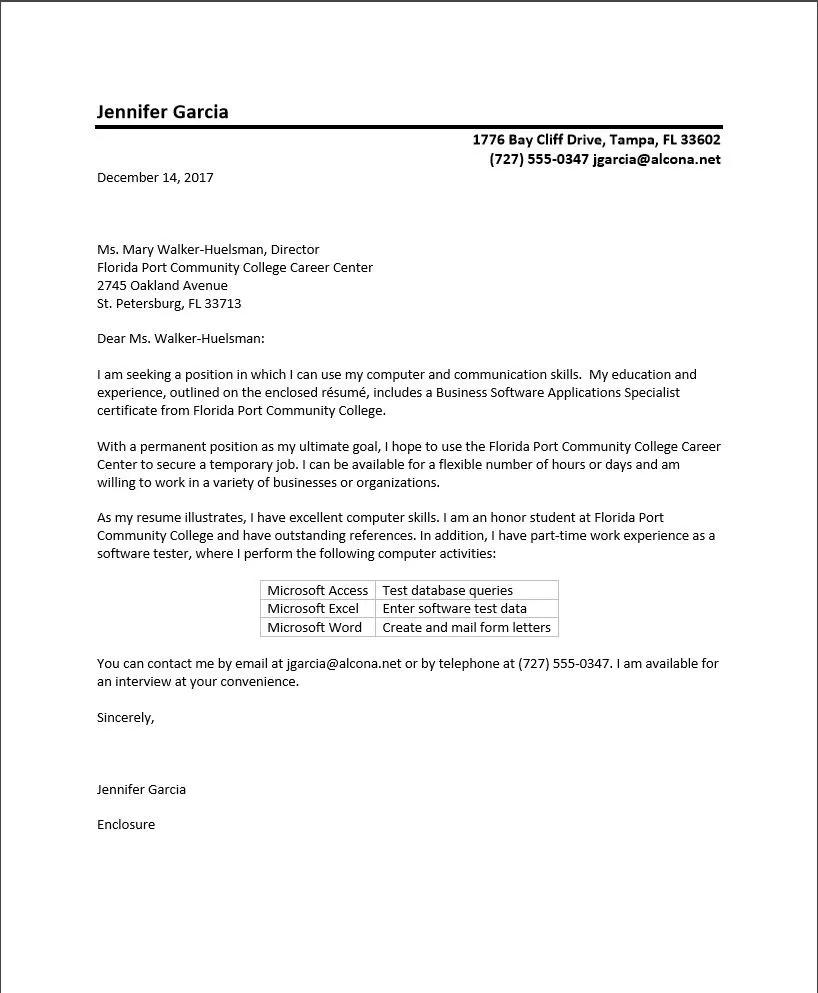
Capturing the reader’s attention from the start is vital. The introduction should be engaging and give the reader a reason to continue reading. Start with a compelling statement or anecdote related to the job or the company. This shows that you have done your research and are genuinely interested. Tailor the introduction to the specific job and company, and show enthusiasm. The goal is to make the hiring manager want to learn more about your qualifications. A well-crafted introduction highlights what makes you unique and why you are the perfect fit for the job. Always maintain a professional and enthusiastic tone to capture the reader’s interest.
Briefly introduce yourself
Keep your introduction brief and focused on your key qualifications and the specific role you’re applying for. Don’t provide a comprehensive overview of your entire career history. Instead, highlight the experiences and skills most relevant to the job. State your name and then immediately mention the position you are applying for. This ensures the hiring manager knows your purpose from the start. This part should only be a few sentences, leaving room for more detail in the body paragraphs. The introduction is your first chance to make a strong impression.
State the Position
Clearly state the position you are applying for. Make sure the job title is accurate and matches the one listed in the job posting. Briefly mention where you saw the job posting. This will help the hiring manager understand the context of your application immediately. Being clear about the position you are applying for avoids any confusion and helps the hiring manager quickly understand your purpose. By directly stating the position, you immediately demonstrate your interest and focus. This immediately establishes your intent and clarifies the purpose of your letter. Make it clear why you’re writing and what job you’re pursuing.
The Body Paragraphs
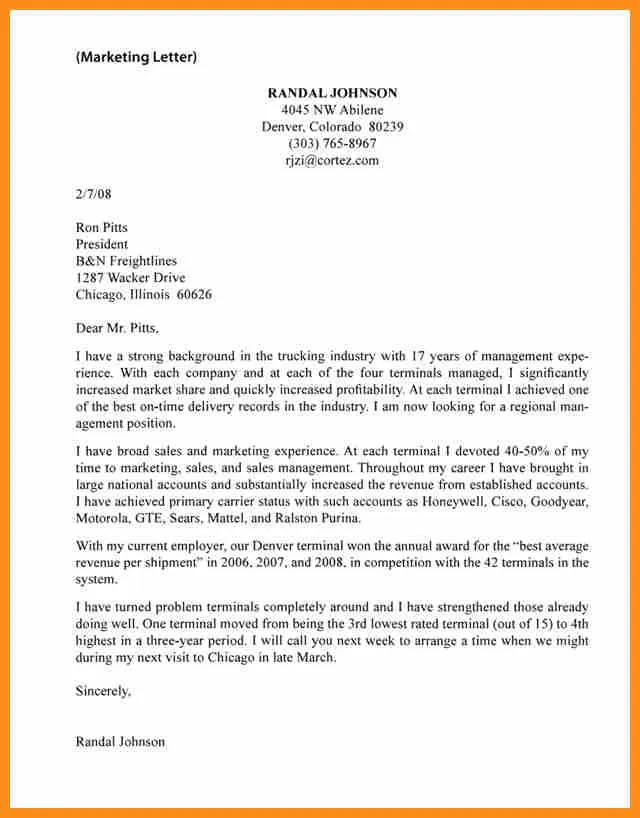
The body paragraphs are the core of your cover letter, where you provide details about your skills, experiences, and qualifications. These sections allow you to expand on your resume and make a more personalized case for why you are a great fit. The body paragraphs allow you to showcase your personality, demonstrate your understanding of the role, and show how your skills and experiences align with the job requirements. Each paragraph should focus on a specific skill or experience, providing concrete examples to support your claims. Make sure the body of the letter is easy to read and well-organized. Highlighting your skills, demonstrating value, and tailoring your letter to the job description are crucial for making a strong impression.
Highlight Your Skills and Experience
Focus on the skills and experiences that are most relevant to the job description. Provide specific examples of how you have demonstrated those skills in the past. Use action verbs to describe your accomplishments. Show the hiring manager how your skills and experience align with the requirements of the job. Quantify your achievements whenever possible. By emphasizing relevant skills, you can demonstrate your capabilities and show the hiring manager that you’re the right person for the job. Use your experience to illustrate how you meet the requirements. You need to show that your skills can be applied to the role. Keep your examples concise and results-oriented.
Demonstrate Value
Instead of simply listing your skills, demonstrate the value you can bring to the company. Explain how your skills have benefited previous employers or projects. Show how your contributions have led to positive outcomes. Quantify your achievements whenever possible to make your impact more tangible. By demonstrating your value, you show the hiring manager what you can do for the company. This includes how you can solve problems and contribute to their success. Always focus on how you have added value in the past, and how that value translates to the new role. Tailor your examples to the specific needs of the company.
Tailoring to the Job Description
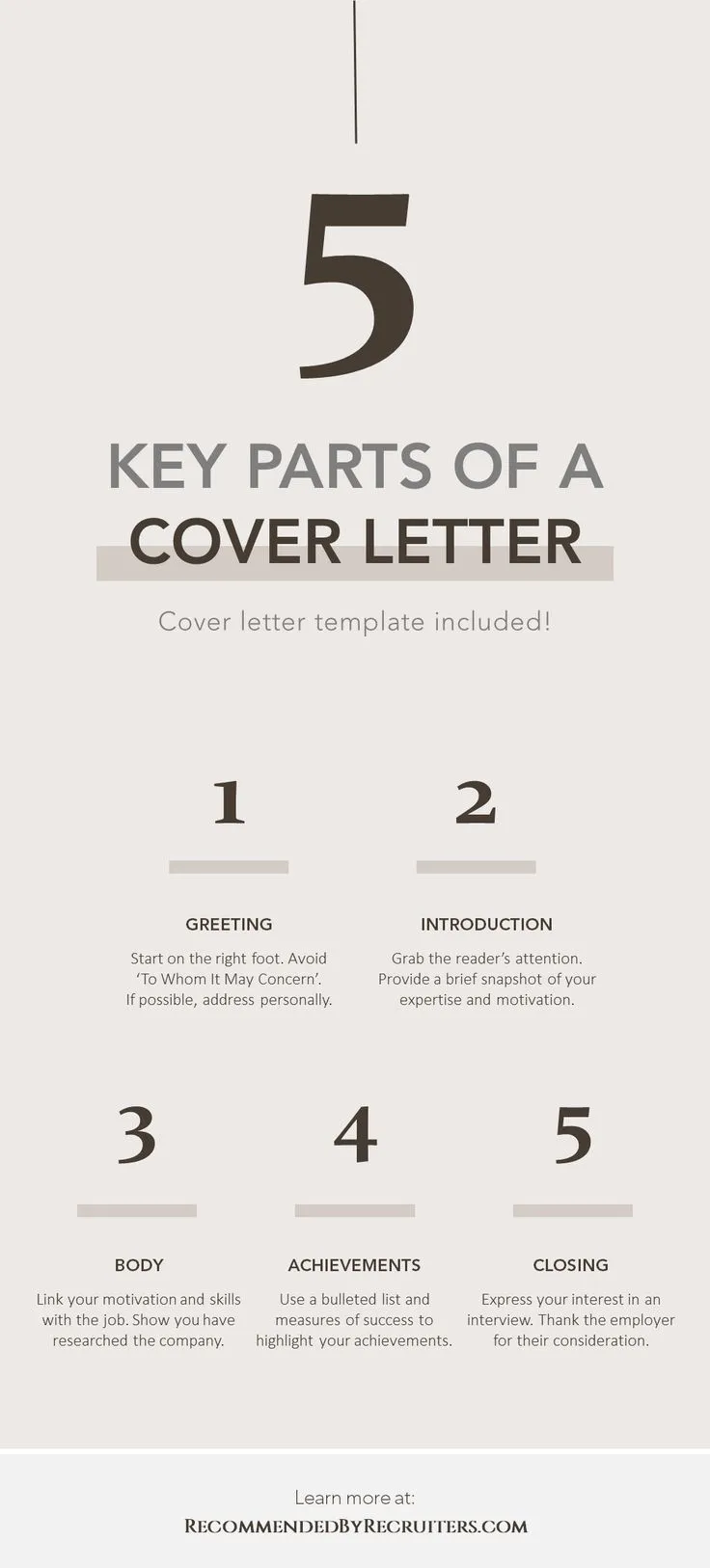
Carefully review the job description and tailor your cover letter to match its requirements. Highlight the skills and experiences mentioned in the job posting, and use keywords from the description throughout your letter. This shows that you have taken the time to understand the role. Tailoring your cover letter demonstrates your interest and that you are a great fit for the role. By tailoring your letter, you increase your chances of getting noticed by the hiring manager. Customize your content and language to align with the company’s needs. Use the job description as a guide for what to highlight.
The Closing Paragraph
The closing paragraph provides an opportunity to summarize your interest, express your enthusiasm, and include a call to action. It is a crucial section, as it reinforces your key messages and motivates the hiring manager to contact you. This is where you reiterate your enthusiasm and make it easy for the employer to take the next step. The closing paragraph should be concise, professional, and leave a positive lasting impression. This final section ensures you end on a strong note, making you memorable. Ensure that your tone remains professional and enthusiastic.
Expressing Interest
Reiterate your interest in the position and the company. Reiterate your qualifications and how they align with the job requirements. Highlight why you are excited about this opportunity. Showing enthusiasm helps to leave a positive impression. Express your interest in a clear and concise manner. This part helps ensure the hiring manager remembers you. This strengthens your message and leaves a lasting positive impression. The idea is to restate your qualifications to the employer.
Call to Action
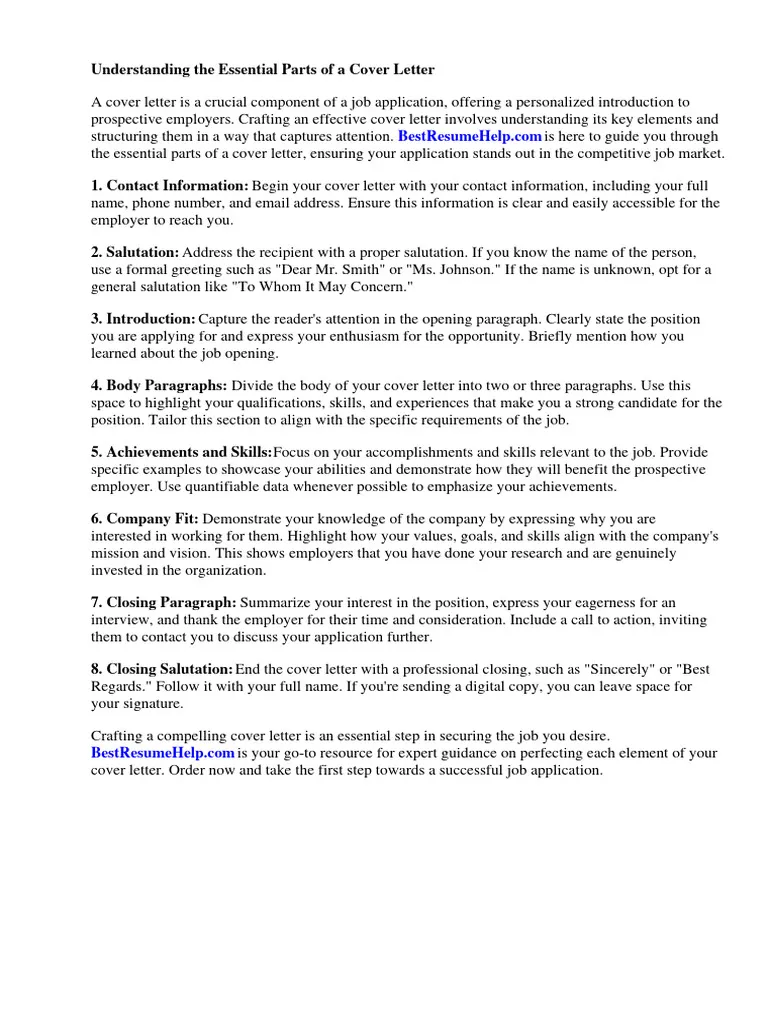
Include a clear call to action. State that you look forward to hearing from the hiring manager. Provide your contact information again, just in case. Make it easy for the hiring manager to contact you. A strong call to action increases the likelihood of a response. This encourages the hiring manager to take the next step. Your call to action should be clear, concise, and professional. This will prompt the hiring manager to do as you wish. Make sure that you follow up.
Professional Closing and Signature
Close your cover letter with a professional closing, such as “Sincerely,” “Best regards,” or “Thank you.” Follow with your typed name. If submitting a physical copy, you can include your handwritten signature above your typed name. The closing reinforces your professional tone. Ensure the closing is appropriate for the context of the letter. A professional closing sets a tone of respect. Your signature helps formalize the document, and shows you care.
